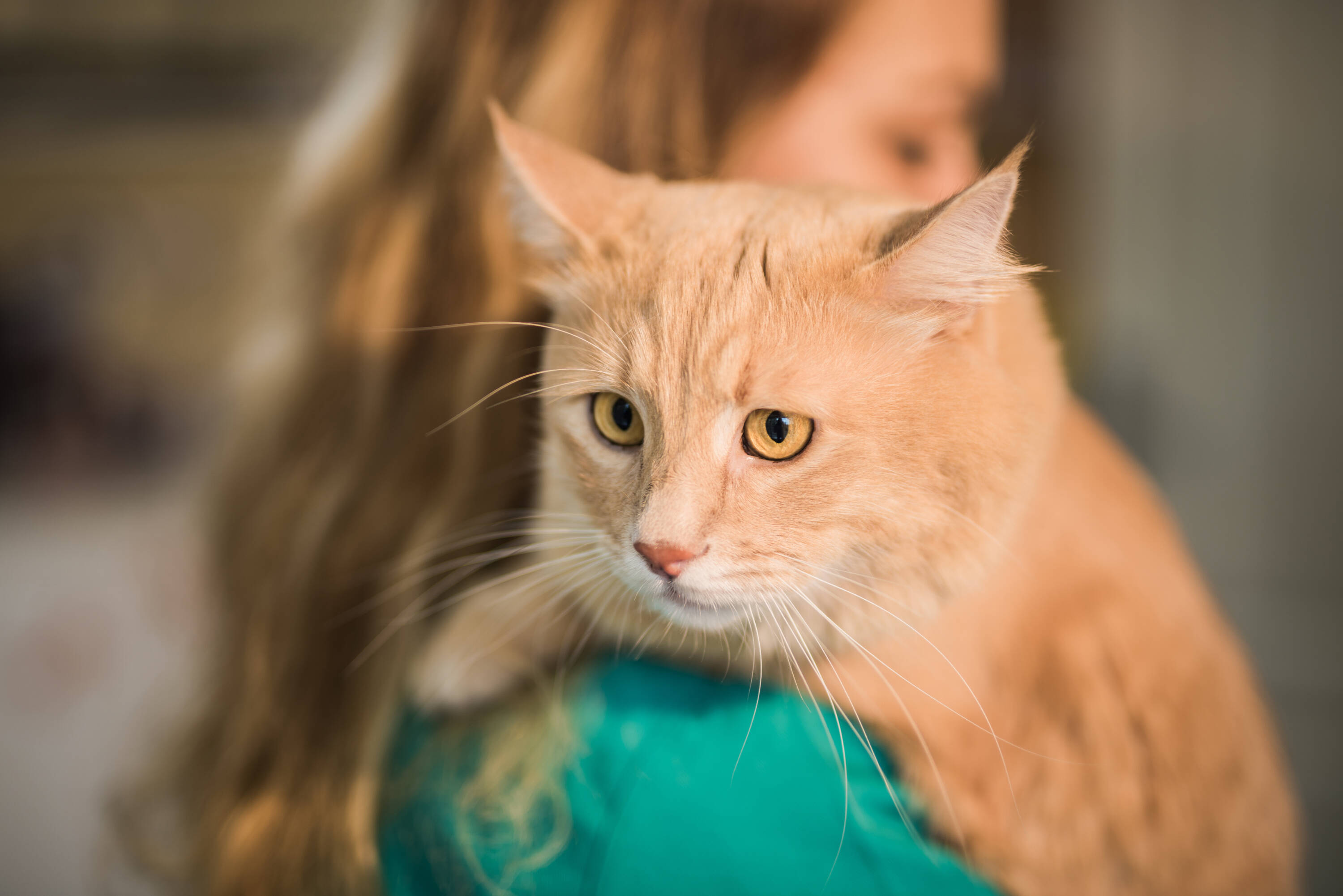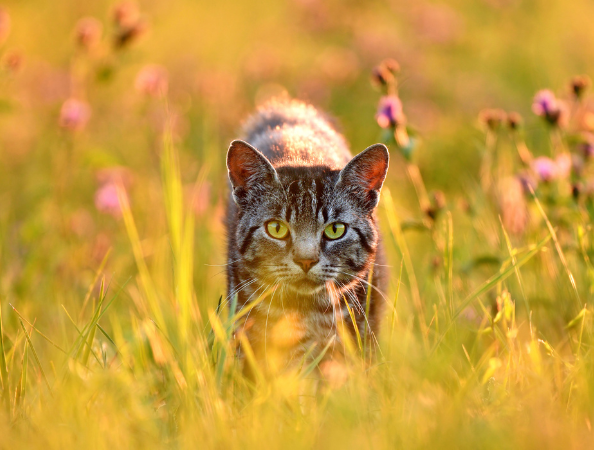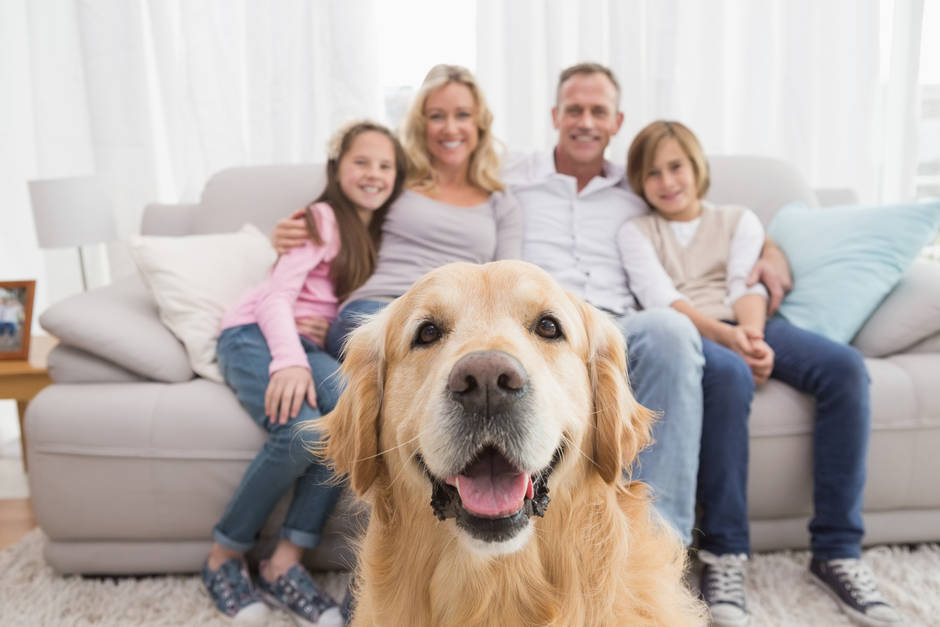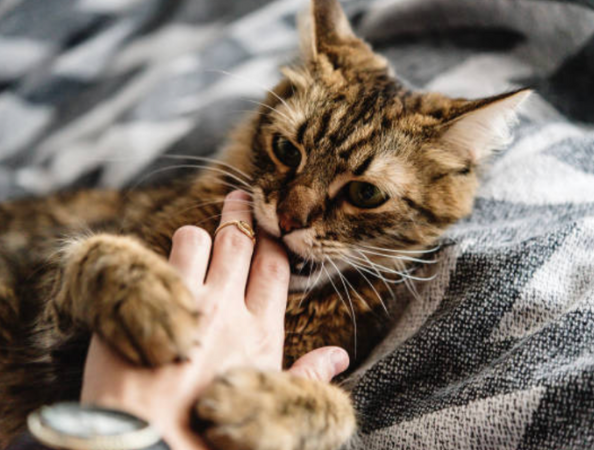Is your pet lacking appetite? Six reasons why it could be causing it.

One of the moments that raises the most questions for pet owners is when a dog or cat doesn't want to eat. This lack of appetite can be due to several factors, all of which must be taken into account to avoid imbalances and illness.

It's important to know the causes of a lack of appetite so you can intervene early. Photo: iStock
Loss of appetite is not only due to pet whims or behaviors , but is also an important sign that warns of health problems, problems in the environment, or even with the food being offered to the pet.
Although pets may not be able to openly and clearly express their ailments, owners learn to identify when something isn't quite right. Anorexia, or a complete refusal to eat, is a common symptom. They are unequivocal signs that something is not right and it is important to know the causes in order to intervene in time.
Behavior Mealtime is a very important time for dogs and cats, and they generally need consistent, dedicated spaces and schedules for it. Places that are too noisy, filled with strangers or other animals, or the absence of their owners, among other factors, can lead to negative experiences due to stress, nervousness, or anxiety, and can even discourage them from eating.

The environment may be affecting the pet. Photo: iStock
While not all animals are affected equally, the most nervous, pampered, and most attached to their owners are the ones who most often exhibit this type of behavior. Additionally, if pets are accustomed to human food, which is usually more conspicuous, they may blackmail their owners by feigning a lack of appetite in order to obtain a forbidden snack.
Diseases If loss of appetite is accompanied by vomiting, diarrhea, weakness, pain, or fever, the problem may be more serious and will require close observation and veterinary treatment.

Check for other symptoms affecting your pet, such as vomiting. Photo: iStock
Sometimes pets show apathy and lack of appetite as a sign of a more serious illness. In these cases, if more than 24 hours pass and the animal has not eaten or had any water, it is necessary to see a veterinarian for a more thorough evaluation and a timely diagnosis.
Drastic changes Sudden changes such as moving, vacations, the arrival of new animal or human companions, and even changes in schedules, locations, or containers can cause some anxiety and resistance in pets.

Sudden changes in your pet's routine may also be affecting them. Photo: iStock
Ideally, these changes should be made gradually, and even if they don't fully understand, you should talk to them and explain the situation. It's also important to be patient and understanding so that the stressful phase can be more bearable.
Problems with food Unlike humans, pets can't have a different menu every day , and sometimes they may express dissatisfaction with the food offered. However, leaving a full bowl not only indicates a loss of interest, but could also indicate that the food isn't in optimal condition (due to poor storage or another problem).
Also, when making sudden dietary changes, such as switching from one brand of food to another, your dog or cat may resist a bit. As a result, the bowls will be full, there will be expressions of hunger, and the pet will try to get attention. Remember that whenever you make a change in diet, it should be done gradually and proportionally over a period of two weeks: introducing the new food in small amounts while reducing the old one.
Age The voracity and appetite of pets tend to decrease with age. A puppy's appetite and metabolism are not the same as those of an adult animal, and neither are their nutritional requirements .
Furthermore, when dogs and cats exceed a certain age, their senses, mainly smell and sight, begin to lose sharpness and they may also have tooth loss, causing them to become less interested in food due to disorientation or pain when chewing .
In excess If pets frequently leave food behind, it may be time to review the amount of food they're being offered. When they're given excessive amounts of cookies, snacks, or treats, or when they eat food on their own during walks or steal food from the house, they won't have enough appetite.

Check if the portion you're giving is enough. Photo: iStock
It is also important to take into account factors such as the animal's age, breed, size, and physical activity to balance the pet's diet and thus avoid overfeeding or underfeeding.
GABRIEL GARCÍA - FOR TIME
eltiempo




